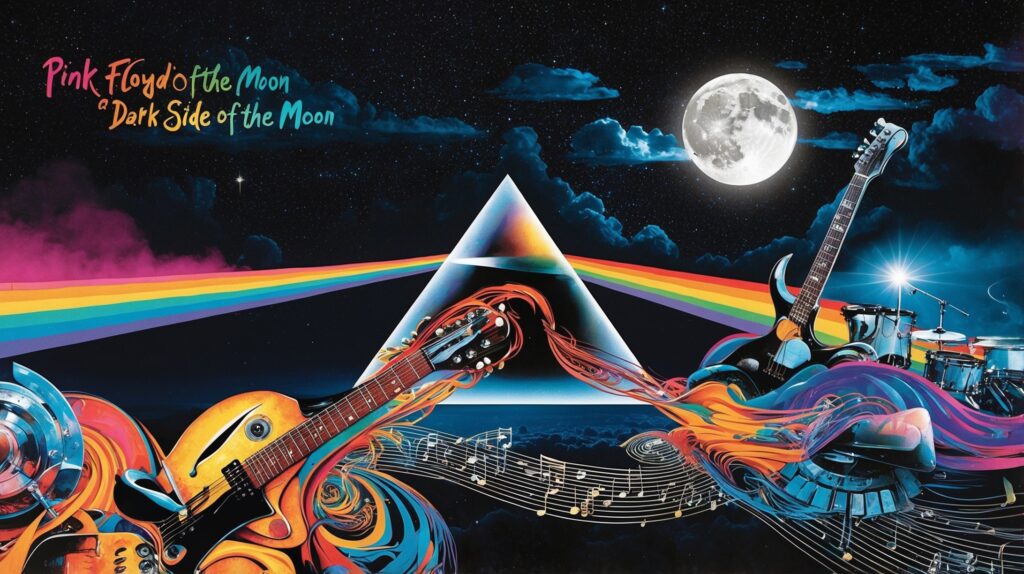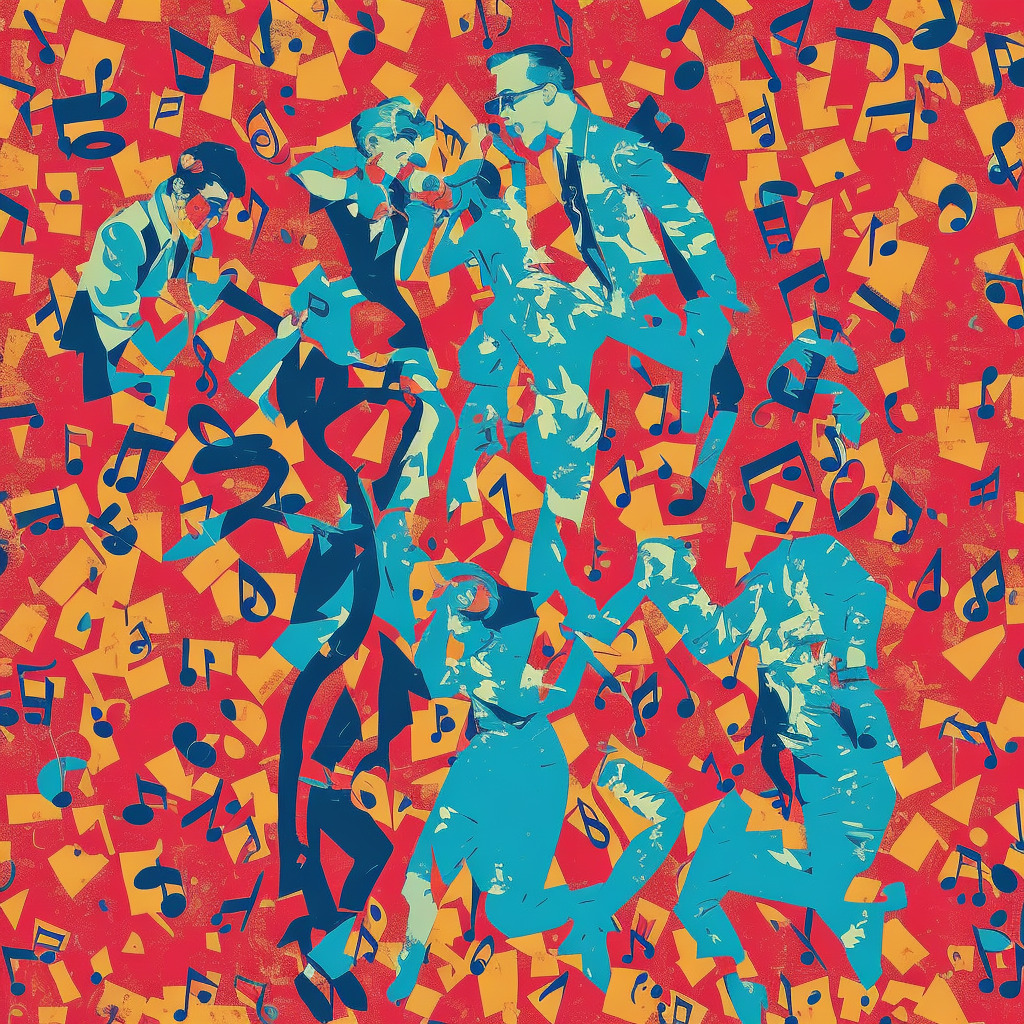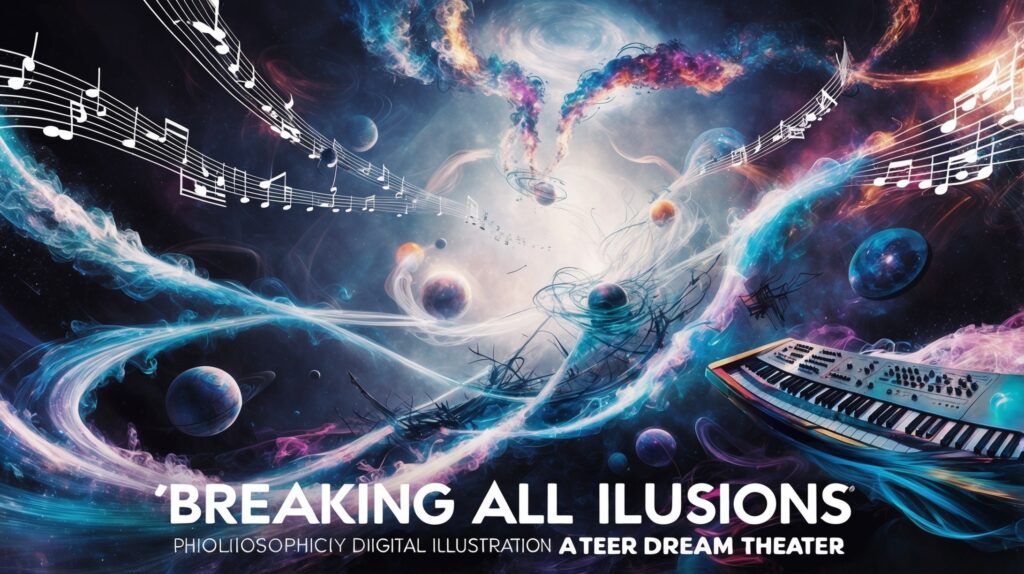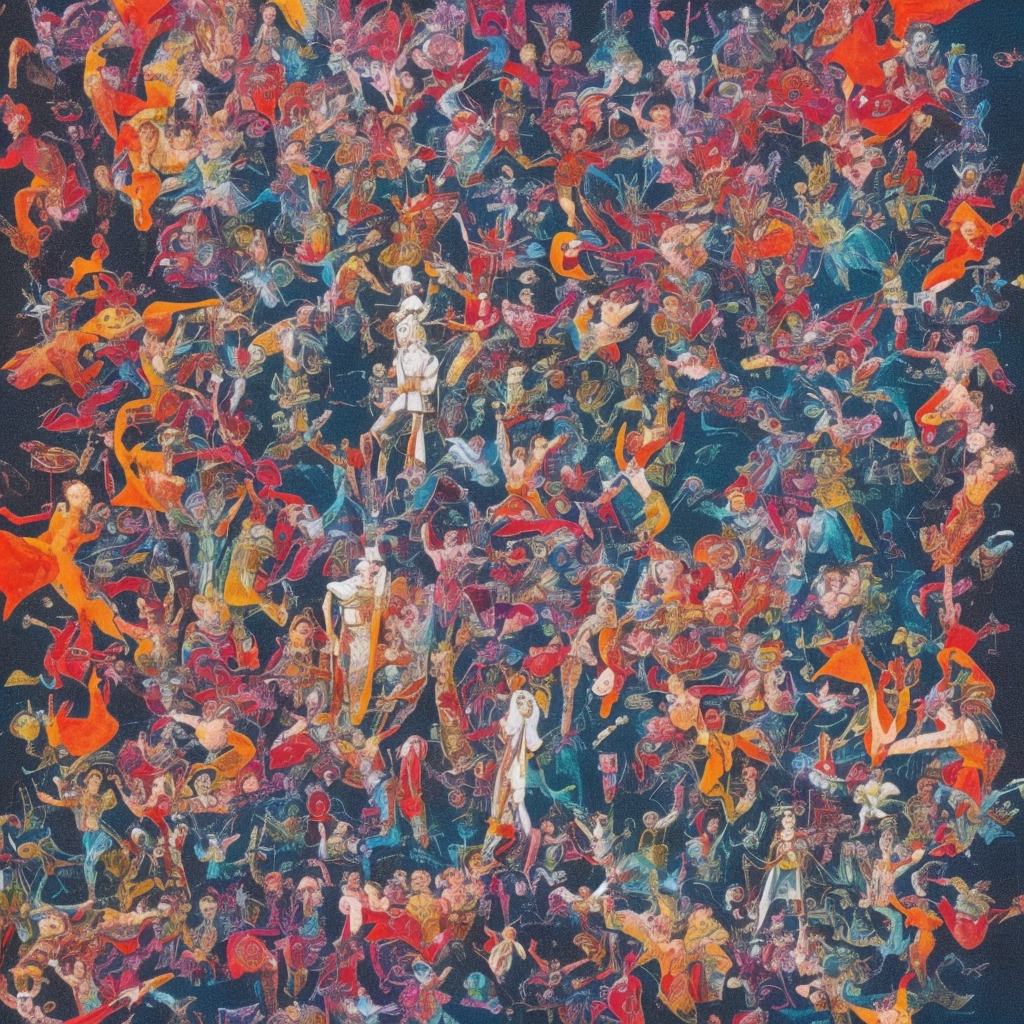Pink Floyd | Dark Side Of The Moon
The Architects of Psychedelic Soundscapes: Pink Floyd
Pink Floyd reshaped the musical landscape with their groundbreaking sound. Emerging in the 1960s, they reached their zenith with ‘The Dark Side of the Moon,’ a project reflecting the band’s maturity and creative genius.
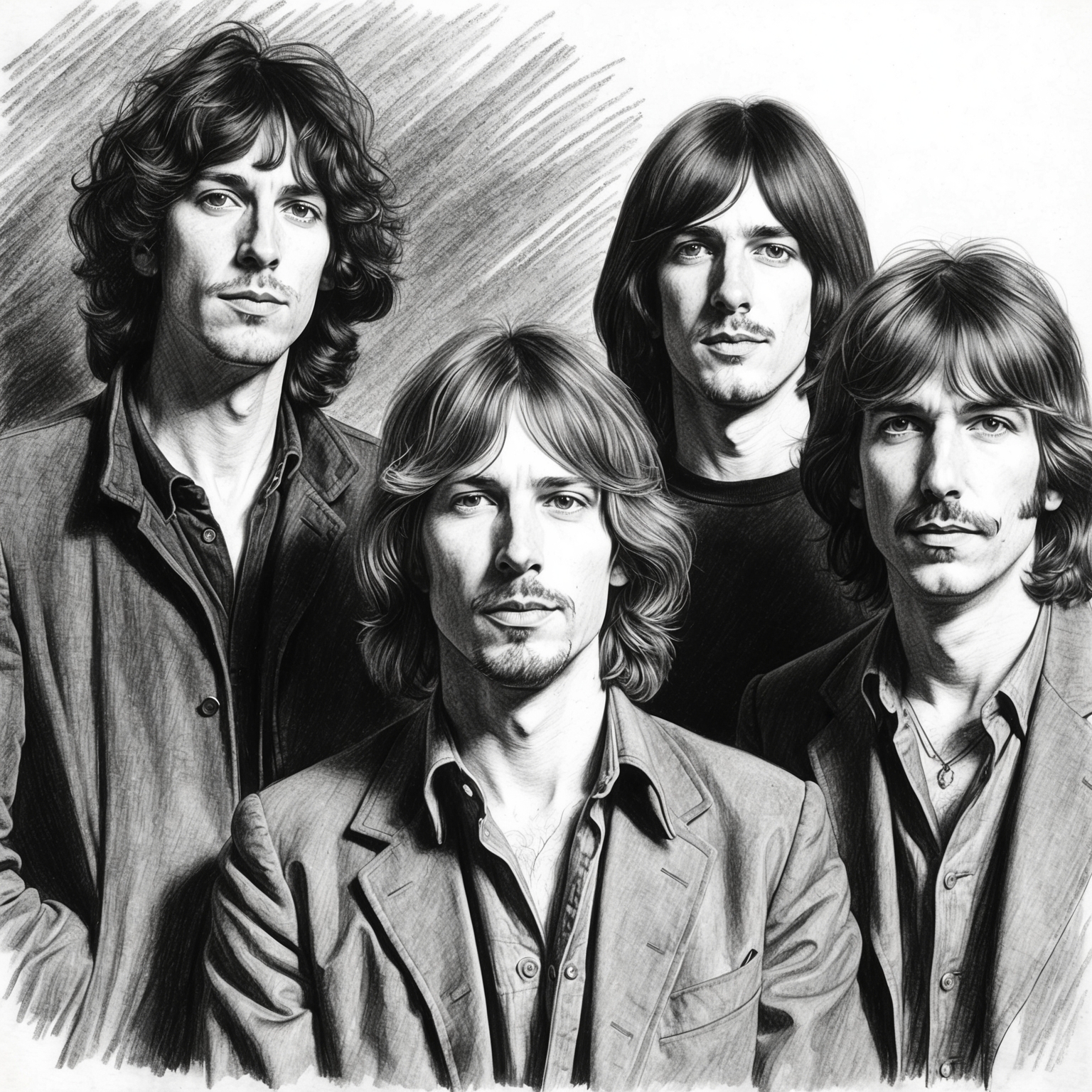
Pink Floyd is more than just a rock band; they are an institution that has continuously pushed the boundaries of music and art. Emerging in the mid-1960s, Pink Floyd’s revolutionary sound was unlike anything anyone had heard before, and it quickly became the voice of a generation. Formed by Syd Barrett, Nick Mason, Roger Waters, and Richard Wright, and later joined by David Gilmour, the band fused architectural precision with raw emotion to create immersive experiences that transcend the conventional definition of music.
Although Pink Floyd’s early work was influenced by Barrett’s whimsical, almost childlike lyrical style, it was after Barrett’s departure that the band truly came into its own. The release of albums such as “The Dark Side of the Moon” not only solidified their status in the rock pantheon but also illustrated their maturation into a band capable of producing thematically and musically complex works. “The Dark Side of the Moon” remains one of their most acclaimed projects and is widely considered a societal and musical milestone.
The journey of Pink Floyd is marked by both collaboration and tension among its members, yet it’s this intricate dynamic that propelled some of the most iconic tracks, including “Dark Side of the Moon.” As the band evolved, their musical endeavors became marred with interpersonal complexities, particularly between Roger Waters and the other members, but these struggles often led to bursts of genius that would redefine rock music. During the era surrounding the introduction of “Dark Side of the Moon” to the world, Pink Floyd was the epitome of progressive rock, shaping a new direction for the genre and embedding themselves firmly in the annals of music history.
The Visionary Minds Behind the Sound
The composition of “Dark Side of the Moon” is a testament to the collective genius of Pink Floyd, with Roger Waters at the forefront, accentuated by the musical prowess of David Gilmour, Richard Wright, and Nick Mason. Their fusion of experimental rock with personal and socio-political themes established the song’s enduring legacy.

Background and Career: The composition of “Dark Side of the Moon” can be attributed to the collaborative genius of Pink Floyd’s members, particularly Roger Waters, David Gilmour, Richard Wright, and Nick Mason. Among them, Roger Waters often took the helm when it came to songwriting and conceptual development. A bassist and primary lyricist, Waters had a unique way of translating personal and socio-political themes into music. Starting his career alongside his bandmates at the London Polytechnic, Waters, along with Gilmour, Wright, and Mason, forged a distinct identity that would catapult Pink Floyd into rock history.
Musical Style and Influences: Pink Floyd, renowned for their progressive rock style, seamlessly incorporated elements from psychedelia and avant-garde, greatly influenced by the experimental scene of the 1960s. The composers within Pink Floyd were particularly inspired by jazz and blues, evident in the structured yet improvisational nature of their music. Roger Waters’ lyrical themes were profoundly shaped by his life experiences, often touching upon mental health, existentialism, and the human condition, which played an integral role in shaping the sound and feel of the album.
Role in the Song’s Creation: In the making of “Dark Side of the Moon”, each band member contributed significantly to its exquisite composition. David Gilmour’s guitar work and soulful vocals, combined with Richard Wright’s keyboard expertise, helped craft the atmospheric soundscapes. Waters’ lyrics and concepts were meticulously intertwined with the music, addressing themes that resonated deeply with listeners. Nick Mason’s precise drumming provided a solid backbone to the ethereal sound. This collaborative synergy was pivotal in defining the song’s innovative and timeless character. By blending synthesizers with traditional rock instruments, the composers of Pink Floyd sculpted an auditory journey that was both groundbreaking and introspective.
Recognition and Influence Across Generations
Discover the lasting legacy of Pink Floyd’s “Dark Side of the Moon,” a song celebrated with numerous covers and cultural references, showcasing its enduring impact.
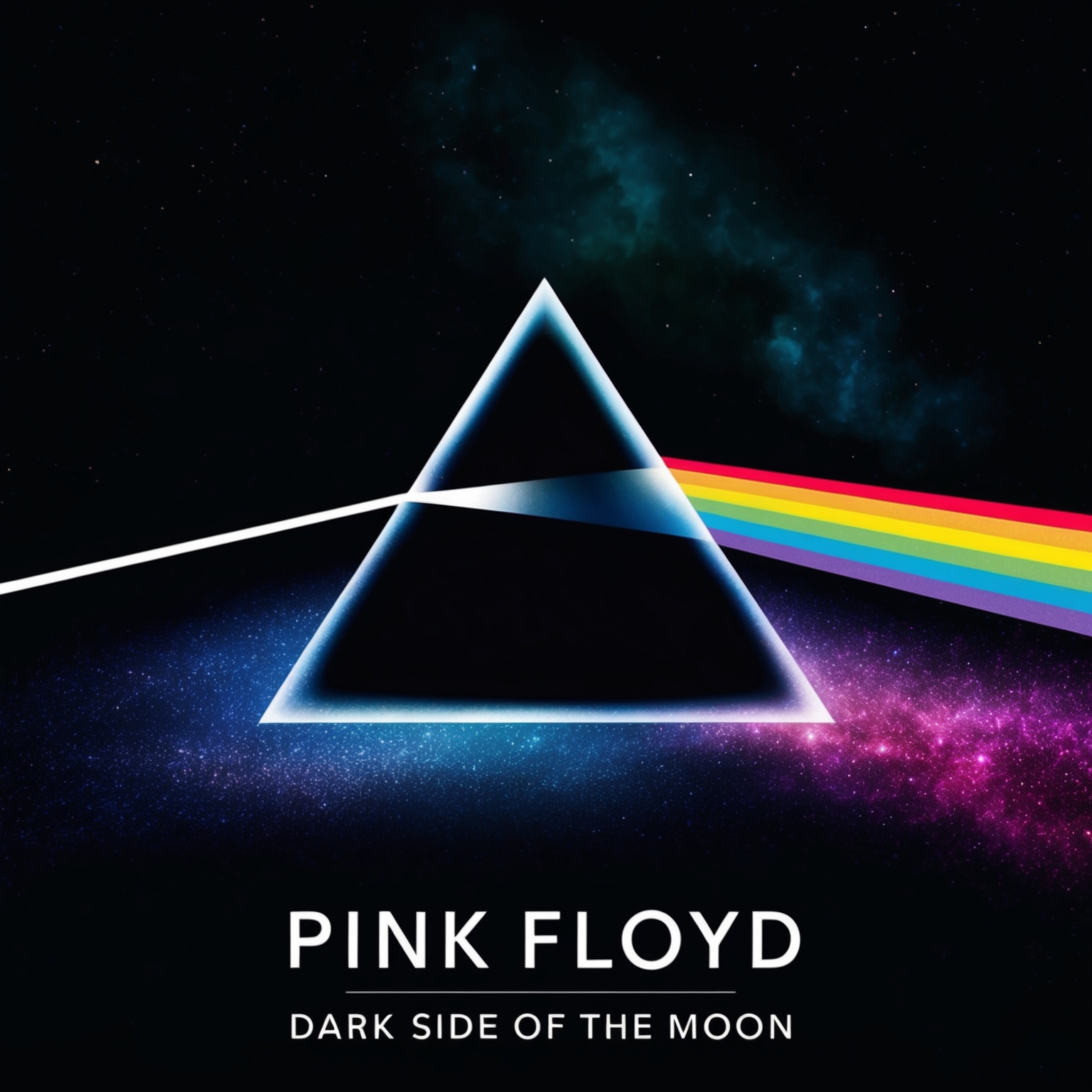
The song “Dark Side Of The Moon” by Pink Floyd is not just an iconic musical masterpiece but also a profound cultural phenomenon that has garnered numerous awards and accolades over the years. While the album itself has received monumental recognition, individual tracks like the titular “Dark Side Of The Moon” have also enjoyed their share of the spotlight. The track has been praised for its intricate composition, meaningful lyrics, and revolutionary sound design, which have continued to captivate audiences long after its initial release. Despite the song not having official awards specifically attributed to it, the album has won numerous honors, including a Grammy Hall of Fame Award, underscoring the track’s implicit success.
Noted for inspiring countless musicians, “Dark Side Of The Moon” has been covered by various artists, each adding their own unique flair to Pink Floyd’s visionary sound. One standout cover is by the band Dream Theater, famed for their progressive metal style, who paid homage by incorporating elements of the track into their live performances. These tributes reflect the lasting impact the song has had on artists across diverse genres, highlighting the track’s versatile appeal.
Beyond the sphere of music, “Dark Side Of The Moon” has made its mark in popular culture, appearing in multiple films, TV documentaries, and pop culture references. While the song itself is less frequently used, its thematic essences and the album’s tracks have featured in movies such as “Pink Floyd: The Wall”. Its imagery and soundscapes have also found their way into various documentaries chronicling the evolution of rock music. The song’s influence in media, coupled with its ongoing musical tributes, cements its status as a timeless piece that continues to resonate with audiences worldwide.
The Phenomenal Chart Journey of ‘Dark Side of the Moon’
Dark Side of the Moon’ defied typical chart patterns with its album-oriented success, setting records and influencing Pink Floyd’s legacy in the music world.
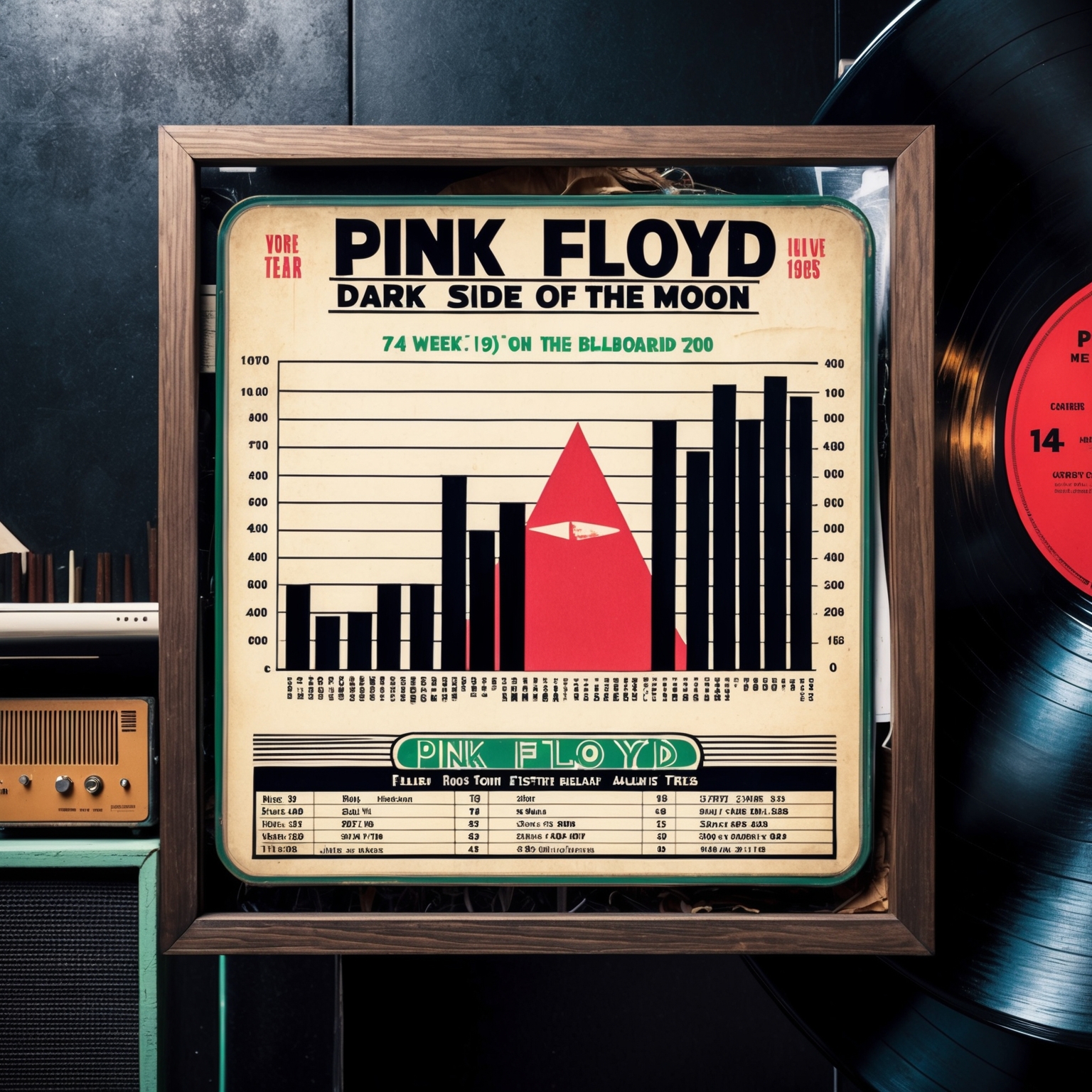
The song ‘Dark Side of the Moon’ by Pink Floyd is part of their seminal 1973 album of the same name. While the album achieved legendary status, the particular tracks on the album did not chart as individual singles in the way that contemporary pop songs might have. However, its success on the charts in terms of album performance is nothing short of iconic. Released on March 1, 1973, the album quickly captivated audiences, debuting on the Billboard 200 and eventually climbing its way to number one. Remarkably, it stayed on the Billboard charts for an impressive 741 weeks from 1973 to 1988, a record at the time.
Compared to other tracks of its era, which might have enjoyed brief stints on the charts, the progressive rock elements and conceptual nature of ‘Dark Side of the Moon’ ushered in a new era for rock music. The album’s long-term success was unprecedented, solidifying its place in music history. While contemporary pop hits may have enjoyed immediate radio rotation and short-lived chart positions, Pink Floyd’s offering stood the test of time, appealing to generations of listeners who appreciated its depth and innovation.
‘Dark Side of the Moon’ was not a breakthrough in the traditional sense, as Pink Floyd was already established with notable successes such as ‘The Piper at the Gates of Dawn’ and ‘Meddle’. Nevertheless, this album catapulted them into a new stratosphere of fame. Its success bolstered Pink Floyd’s standing in the rock hierarchy, influencing their artistic choices and audience reach in the years that followed. The album’s chart performance was part of a broader success story, thanks to adept marketing and memorable concert performances that highlighted the band’s groundbreaking use of visuals and sound.
Visual Interpretations: Live Versions and Fan-Made Tributes
Though there’s no official music video for ‘Dark Side Of The Moon,’ fan-made visuals and live performances provide a rich, immersive experience.

Dark Side Of The Moon by Pink Floyd is a song that dwells in the deep and profound aspects of human nature and the universe. While there isn’t an official music video for this iconic track, the richness of its themes has inspired a plethora of visual interpretations. One could find numerous fan-made videos on platforms such as YouTube. These fan videos range from abstract visualizations using colors and shapes that seem to dance to the rhythms, to intricate animations that attempt to capture the essence of the song’s lyrical and musical depth.
In addition to these digital tributes, live performances of the song, especially those from the band’s heyday, add a vivid layer of visual literature to the listening experience. The band’s use of lighting, stage design, and multimedia projections during concerts, particularly in the 1970s, set a template for how live music could be a visual spectacle. This innovative approach further cemented the song’s place not only as a musical milestone but also as a live performance marvel.
Critics have often praised these visual elements for successfully enhancing the experience of the song. They argue that the absence of an official music video allows for interpretations that carry a more personal and diverse statement, keeping the lore and the allure of Dark Side Of The Moon alive and thriving across generations.
Delving Into the Musical Architecture of Pink Floyd’s Timeless Masterpiece
The song ‘Dark Side Of The Moon’ showcases Pink Floyd’s superb musical craftsmanship, demonstrated through its rich melodic and harmonic structures, innovative instrumentation, and unique tempo. Crafted in D minor, it represents a pivotal point in the band’s evolution, with Abbey Road studio sessions playing a vital role in its creation.

The song structure of “Dark Side Of The Moon” by Pink Floyd is an intricate masterpiece that showcases the band’s exceptional prowess in composition. This magnum opus exhibits a multifaceted musical arrangement, illustrating a seamless blend of progressive rock elements. Primarily set in the key of D minor, the song travels through varying emotional spectrums, beautifully encapsulating the themes of existentialism and human experience. The chord progression is both innovative and sophisticated, relying on a series of ascensions and resolutions that evoke an eerie yet introspective atmosphere.
As for the song’s tempo structure, it bears a somewhat fluctuating beat that mirrors the lyrical content’s contemplative nature. The tempo varies within different parts of the song, creating a dynamic flow that maintains the listeners’ engagement. This meticulous structuring reflects Pink Floyd’s penchant for pushing musical boundaries, shaping “Dark Side Of The Moon” as a sonically progressive endeavor.
The melody is constructed in a manner that complements the song’s harmonic framework, weaving through soft, ambient textures and crescendos of intensity. Harmonically rich with a dense layering of sounds, the song employs an array of instruments—synthesizers, guitars, bass, drums, and the iconic inclusion of tape loops. These instruments collectively render a surreal soundscape that defines the essence of the track. Their contributions are critical not only for the song’s distinctive sonic identity but also for capturing the thematic essence of a journey through a chaotic internal world. This cohesiveness is a testament to the band’s innovation and artistry in composition, helping “Dark Side Of The Moon” stand as a hallmark in Pink Floyd’s distinguished discography.
Comparing this song to other works, particularly from Pink Floyd’s earlier albums like “Meddle,” shows a fascinating progression in musical complexity and thematic depth. While previous albums hinted at the band’s potential for complexity, it is with “The Dark Side of the Moon” that they fully embraced a conceptual and musical profundity. This signified a significant evolution in their music, illustrating a maturity both in sound and content.
An interesting facet of the song’s production is the choice of Abbey Road Studios, renowned for its advanced recording technology and acoustic engineering. Under the deft guidance of producer Alan Parsons, the recording sessions were pioneering, involving innovative techniques like multitrack recording and the use of synthesized sounds. Anecdotes from the studio narrate tales of experimentation and collaboration that were integral in producing such an enduring piece of art.
Exploring the Depths: A Lyrical Voyage through ‘Us and Them’
Delve into the lyrical analysis of Pink Floyd’s ‘Us and Them,’ exploring themes of conflict, division, and the human condition through rich literary devices and storytelling.
And after all we’re only ordinary men.
Me, and you.
God only knows it’s noz what we would choose to do.
Forward he cried from the rear
and the front rank died.
And the general sat and the lines on the map
moved from side to side.
Black and blue
And who knows which is which and who is who.
Up and down.
But in the end it’s only round and round.
Haven’t you heard it’s a battle of words
The poster bearer cried.
Listen son, said the man with the gun
There’s room for you inside.
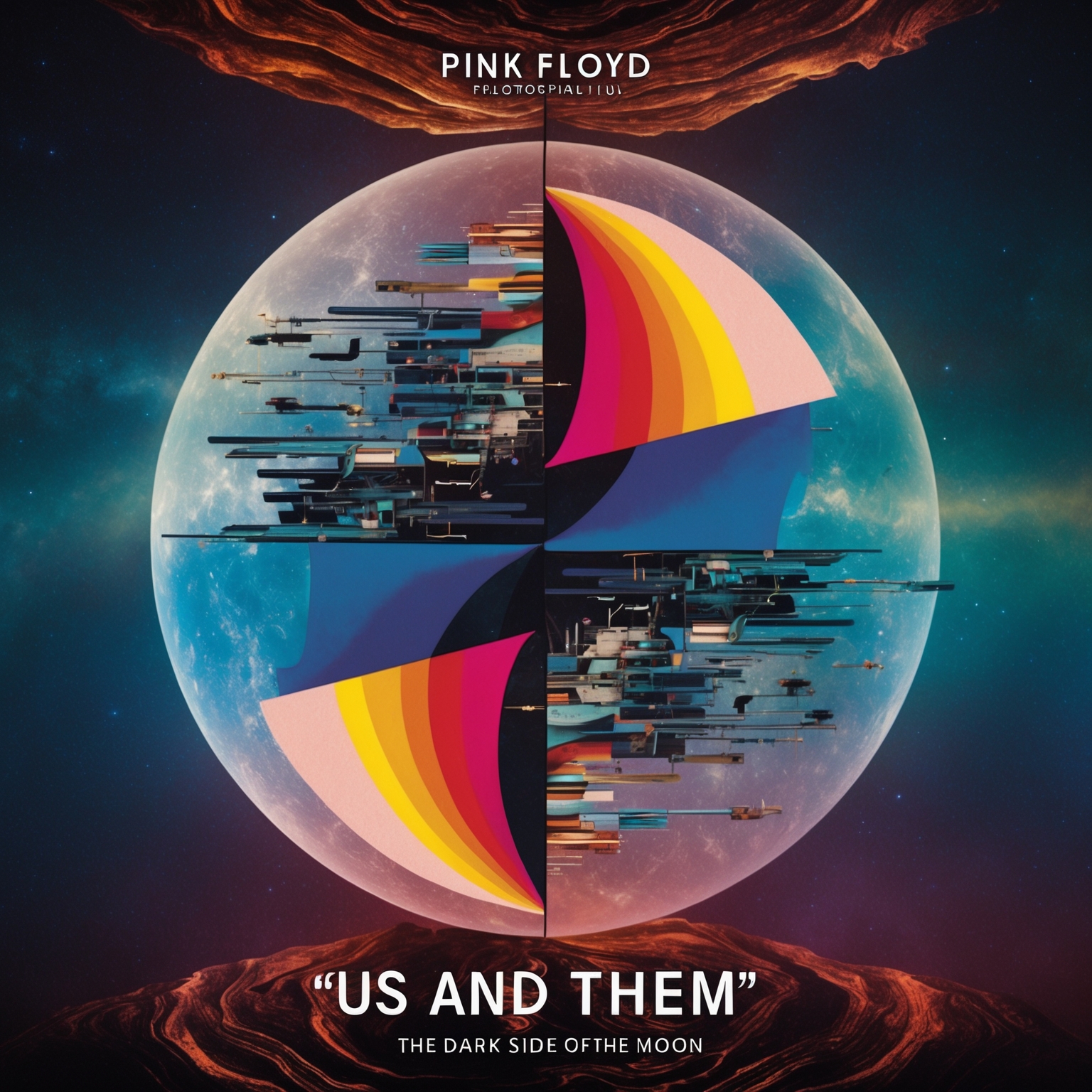 Pink Floyd’s song ‘Us and Them’ from the iconic album ‘The Dark Side of the Moon’ presents a profound exploration of human themes through its evocative lyrics. At its core, the song delves into the dichotomy of human existence, examining themes of conflict, division, and the shared human condition. Whether interpreting these themes as a reflection of war, societal divisions, or internal struggles, listeners are invited to contemplate the meaning of ‘Us and Them’ in their own lives.
Pink Floyd’s song ‘Us and Them’ from the iconic album ‘The Dark Side of the Moon’ presents a profound exploration of human themes through its evocative lyrics. At its core, the song delves into the dichotomy of human existence, examining themes of conflict, division, and the shared human condition. Whether interpreting these themes as a reflection of war, societal divisions, or internal struggles, listeners are invited to contemplate the meaning of ‘Us and Them’ in their own lives.
Lyrically, ‘Us and Them’ employs a narrative that suggests a broader story. The lyrics, written primarily in the third person, take an almost observational stance, allowing the audience to step back and reflect on the grander social narratives at play. There is a sense of timelessness and universality in this approach, reinforcing the song’s impact and relevance across generations. The contemplative tone is set against music that oscillates between calm and tension, mirroring the lyrical journey.
The use of literary devices in ‘Us and Them’ enhances the lyrical depth of the song. Metaphors and rich imagery transform complex ideas into relatable emotions and scenes. For instance, the song’s repetition of contrasts – ‘us and them,’ ‘black and blue’ – utilizes alliteration and rhyme to emphasize division and conflict. These techniques not only embolden the lyrics but also engage listeners with recognizable patterns that invoke introspection.
In comparative analysis, the lyrics align with Pink Floyd’s overarching artistic narrative found in other works, such as ‘Time’ and ‘Money,’ where societal critiques and existential musings are prevalent. This thematic consistency showcases the band’s distinct ability to blend philosophical insights with accessible music. Furthermore, cultural and historical references subtly woven into the lyrics speak to moments of social unrest and personal introspection, contributing to the song’s resonance and longevity.
The emotional impact of ‘Us and Them’ lies in its contemplative nature. As listeners absorb the lyrics, they are often provoked to reflect on their personal experiences of division and unity, rendering the song simultaneously introspective and communal. The language used is neither convoluted nor overly simplistic but finds a balance that evokes powerful visual and emotional imagery. This accessibility allows diverse audiences to connect with the themes on a personal level, amplifying the song’s enduring popularity.
Despite the lack of major controversies surrounding the lyrics, varying interpretations by fans have added layers of meaning to ‘Us and Them.’ Some perceive it as a direct commentary on specific historical events, while others see it as a philosophical inquiry into the nature of humanity. Pink Floyd’s own reflections on the track often point toward its thematic intentions, emphasizing the relevance of these larger ideas in understanding the album as a whole.
Ever wonder why Dark Side Of The Moon syncs perfectly with The Wizard of Oz? ?✨ Coincidence or cosmic design? ? #PinkFloyd #MusicMystery #RockLegends ?? tinyurl.com/3xe5e55h
Click to Tweet

